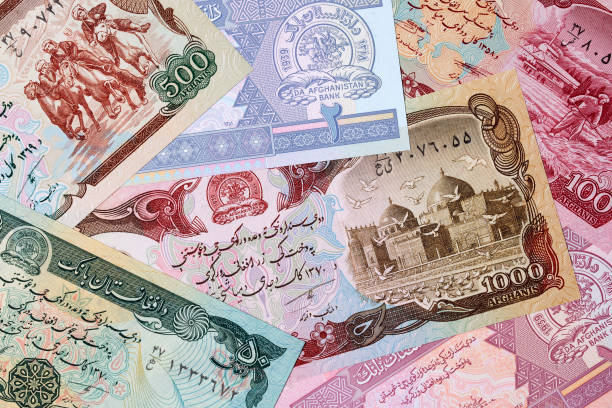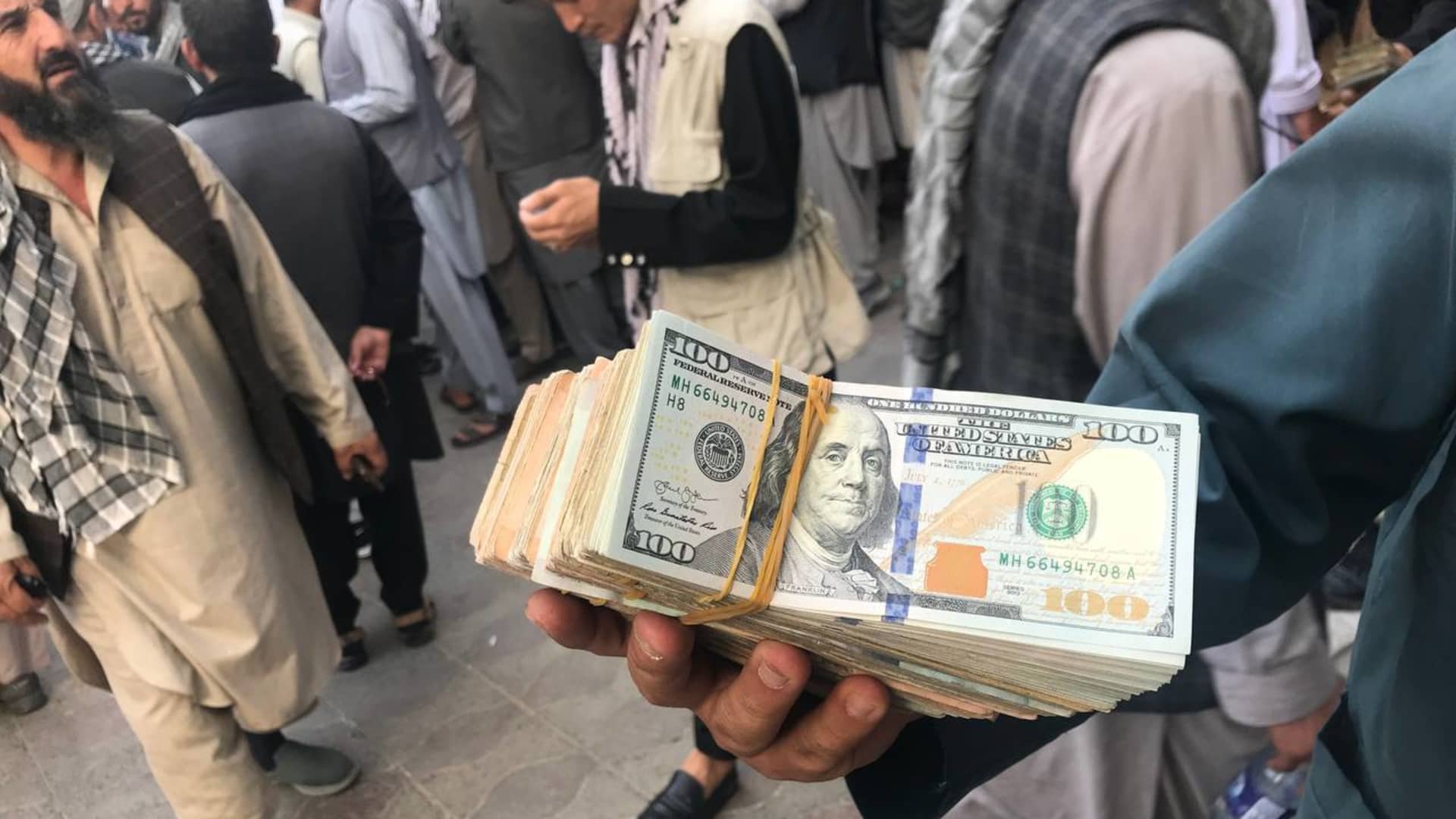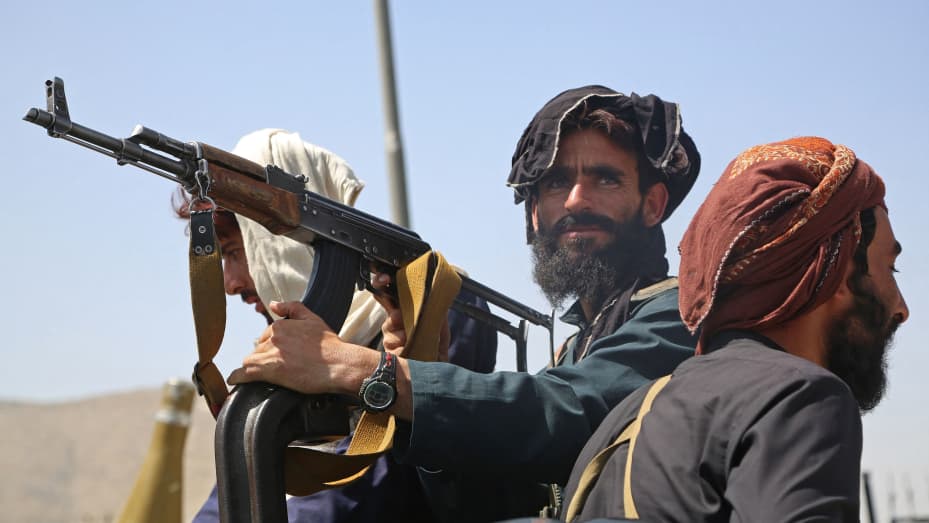The World’s Best-Performing Currency This Quarter? The Taliban Controlled Afghani, Afghanistan’s Currency!
Afghanistan's currency, the Afghani, has defied all odds to claim the title of the world's best-performing currency for the current quarter. However, this surprising rise comes amidst a backdrop of immense challenges: a poverty-stricken nation, one of the world's worst human rights records, and the disruptive presence of the Taliban, who seized control just two years ago. Despite these daunting circumstances, the Afghani has ascended to the top of the global rankings, but how did the Taliban achieve this?

As surprising as it seems, Afghanistan’s currency, the Afghani, has emerged as the world’s best-performing currency this quarter.
The remarkable feat comes even when the country still grapples with a multitude of challenges like political turmoil, economic uncertainty and human rights concerns that have plagued the nation for years.
The Taliban, which seized power in Afghanistan two years ago, has taken steps to assert control over the Afghani’s value; likewise, the rise of the Afghani can also be attributed to several factors, including billions of dollars in humanitarian aid and increased trade with Asian neighbours.

Taliban’s Money Control
The measures include the ban on the use of dollars and Pakistani rupees in local transactions, as well as stricter restrictions on carrying US dollars outside the country; at the same time, online trading has been declared illegal, and those found violating these rules face imprisonment.
These currency controls, along with cash inflows and remittances, have propelled the Afghani to a staggering 9% increase in value this quarter alone, outpacing other currencies like the Colombian peso.
The Afghani has witnessed an impressive 14% gain for the year, making it the third-best performing currency globally, trailing only behind the Colombian peso and the Sri Lankan rupee.

Afghanistan Remains Reclusive
However, the seemingly positive shift in the currency’s fortunes masks the ongoing turmoil within Afghanistan. The nation still remains largely cut off from the global financial system due to international sanctions, leading to rampant unemployment, financial hardship for the majority of households, and a peculiar case of inflation turning into deflation, as reported by the World Bank.
The United Nations has provided crucial support to the Afghan population, delivering planeloads of US dollars on a regular basis, with some deliveries exceeding $40 million aimed to alleviate the dire humanitarian situation faced by many Afghans.
Still, A Long Way To Go
Kamran Bokhari, an expert in Middle Eastern, Central, and South Asian affairs at the Washington-based New Lines Institute for Strategy & Policy, cautions that while the currency controls may be effective in the short term, the overall instability, both economic and political, will likely undermine the Afghani’s sustained rise.
In the current scenario, foreign exchange in Afghanistan is primarily conducted through money changers, locally known as Sarrafs, who operate in markets and shops across the country.
As affirmed by the central bank, the Sarai Shahzada market in Kabul serves as the de facto financial hub, facilitating daily transactions worth tens of millions of dollars, and trading operates without set limits.
Given the financial sanctions in place, most remittances now flow into Afghanistan via the age-old Hawala money transfer system, practised extensively in regions such as the Middle East, and it is this system that plays a pivotal role in the Sarrafs’ operations.
The United Nations estimates that Afghanistan requires approximately $3.2 billion in aid this year, of which only $1.1 billion has been deployed thus far, leaving significant unmet needs; last year, as half of Afghanistan’s 41 million citizens faced severe hunger, the organization spent around $4 billion to provide assistance.
The World Bank predicts a halt to the economic contraction this year, with growth projected at 2% to 3% until 2025; however, at the same time, it cautions against risks such as reduced global aid, particularly as the Taliban intensifies its repression of women.
Anwita Basu, head of Europe country risk at BMI in London, explains that tightened foreign exchange transaction restrictions and gradual improvements in trade are driving up demand for the Afghani, and she anticipates that the currency is likely to stabilize at its current levels until the end of the year.

Taliban Government’s Trump Card
A stronger currency can help mitigate inflation pressures for critical imports, such as oil, especially as crude prices approach $100 a barrel.
Despite its economic hardships, the Taliban government is actively seeking foreign investment to tap into Afghanistan’s abundant mineral resources, including valuable lithium deposits estimated to be worth up to $3 trillion.
China, Pakistan Step The Game
China and Pakistan have also extended the Belt and Road Initiative to Afghanistan in May, potentially attracting billions of dollars for infrastructure projects. Moreover, in a sign of changing dynamics, a US business delegation co-hosted a conference in Kabul in September to entice global investors.
While these developments offer a glimmer of hope, it is essential to recognize that significant challenges persist; for instance, the release of $3.5 billion in frozen foreign-exchange reserves by the US remains on hold due to concerns about the central bank’s lack of independence from the Taliban and deficiencies in anti-money laundering controls and counterterrorism financing.
The United Nations has issued a dire warning that a 30% reduction in foreign aid this year would result in a staggering 40% drop in per capita income compared to 2020 levels, further worsening the humanitarian crisis.

Cracks Emerging Within
The Taliban’s severe restrictions on women’s rights have sparked internal divisions within the regime itself, with some members openly criticizing their supreme leader, Haibatullah Akhundzada.
Akhundzada, known to be an extremist, has issued orders prohibiting women from education, employment, public park visits, gym use, and long-distance travel without a male escort.
A recent UN report revealed that the Taliban has committed over 1,600 cases of human rights violations, including torture, from January 2022 through July 2023 during the arrest and detention of individuals.
Adding to the complexity, a 2023 Pentagon assessment disclosed that the Islamic State (a terrorist group) has reestablished a base in Afghanistan to plan global attacks, and the terrorist group has intensified its activities in the country, including the assassination of a deputy governor and a mosque bombing. At the same time, Islamic State militants have also threatened to target Chinese, Indian, and Iranian embassies in Afghanistan, as reported by the UN.
The Last Bit, While the Afghani’s recent ascent in value comes as a major surprise and may temporarily enjoy its status, the nation continues grappling with many challenges – from economic instability to human rights concerns – continue to cast a shadow over its future.
Thus, the fate of the currency remains intricately tied to the political stability of the Taliban government, making it a bellwether for Afghanistan’s uncertain future.




